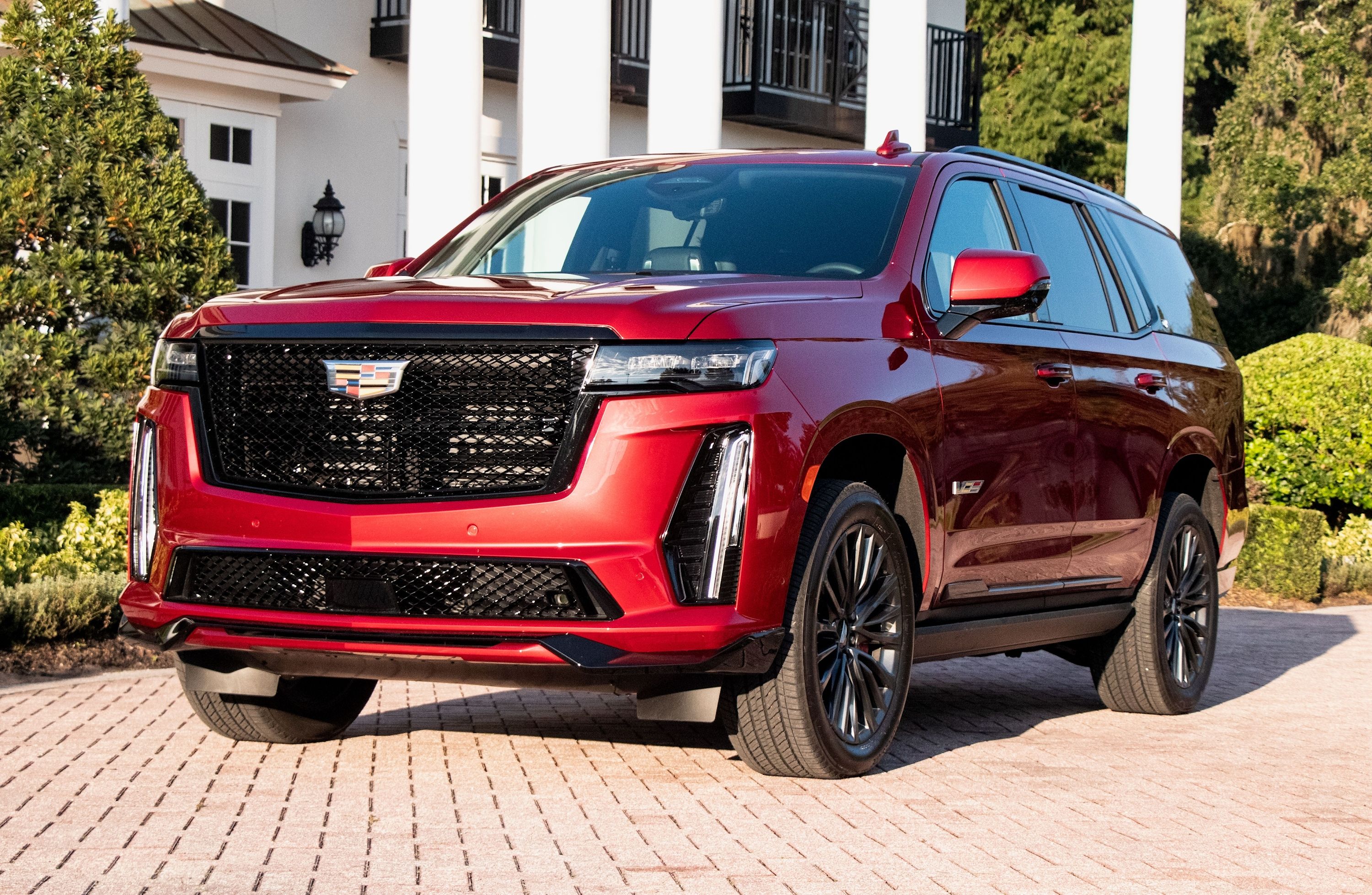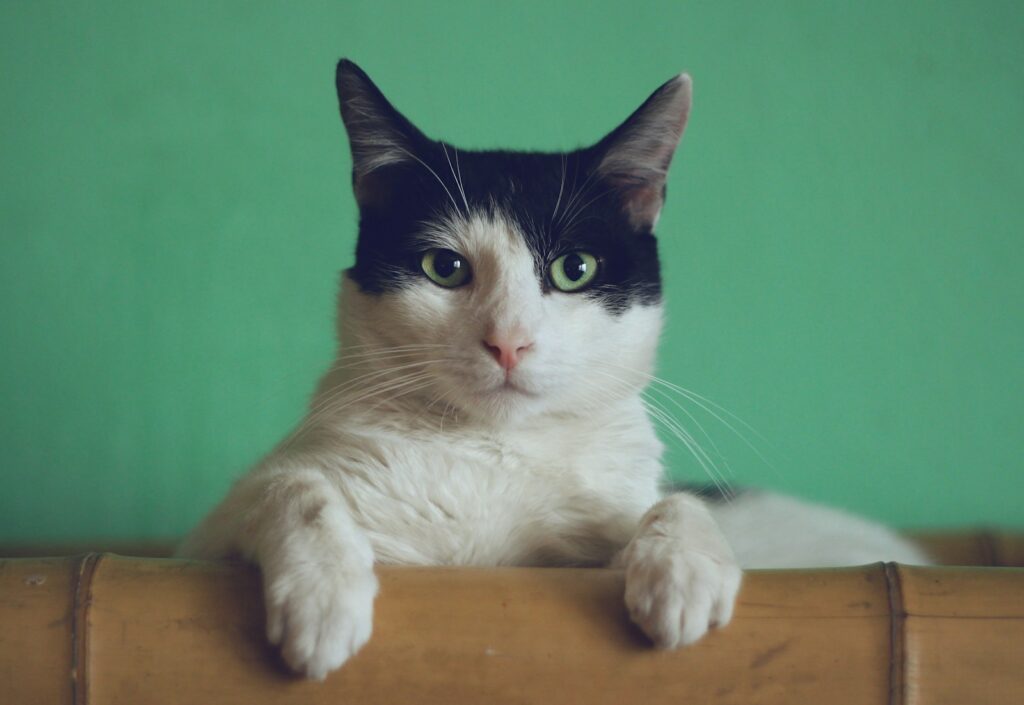
The Deep Roots of Human-Animal Bonds in American Life
Waking to the gentle patter of small paws across the bed or feeling a cool, wet nose nudging a hand for attention is a familiar experience for many in the United States. These moments are more than fleeting—they affirm the unspoken connections between humans and their animal companions, a bond reflected in homes, hearts, and even financial choices.
The American Pet Products Association (APPA) reports that 68 percent of U.S. households own a pet, totaling approximately 84.6 million homes. While dogs and cats remain the most popular, this bond extends to horses, birds, fish, reptiles, and more, each enriching lives in unique ways. These relationships often blur the line between “pet” and “family member”: 70 percent of owners share beds with their animals, 65 percent buy them Christmas gifts, and 23 percent prepare special meals. Notably, 40 percent of married women cite greater emotional support from pets than spouses, highlighting their central role in daily life.
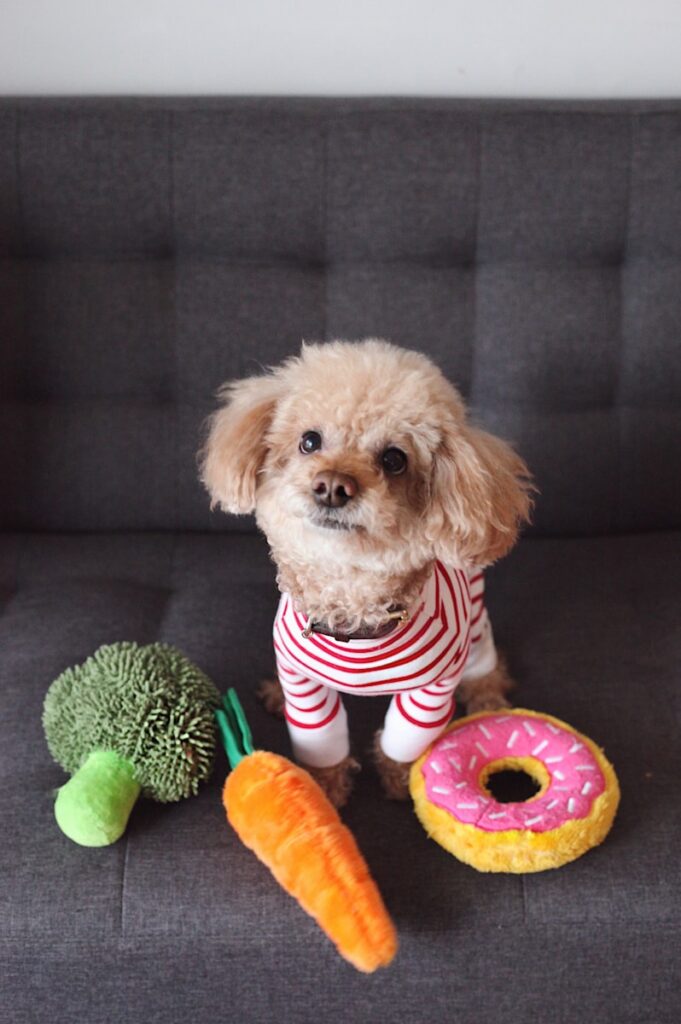
The Economic Footprint of Love for Animals
Affection for animals is not just emotional—it is also financial. The APPA estimates $72.1 billion will be spent on pets in the U.S. this year, up from $69.5 billion in 2017, a testament to the priority placed on their well-being.
This spending spans essentials and indulgences alike. A significant portion goes to food, while billions more fund supplies like beds, toys, and grooming tools. Over-the-counter medicines, veterinary care (from check-ups to specialized treatments), live animal purchases, and services such as grooming or pet-sitting also contribute. This outlay underscores pets’ status as cherished family members, with owners investing deeply in their health and happiness.
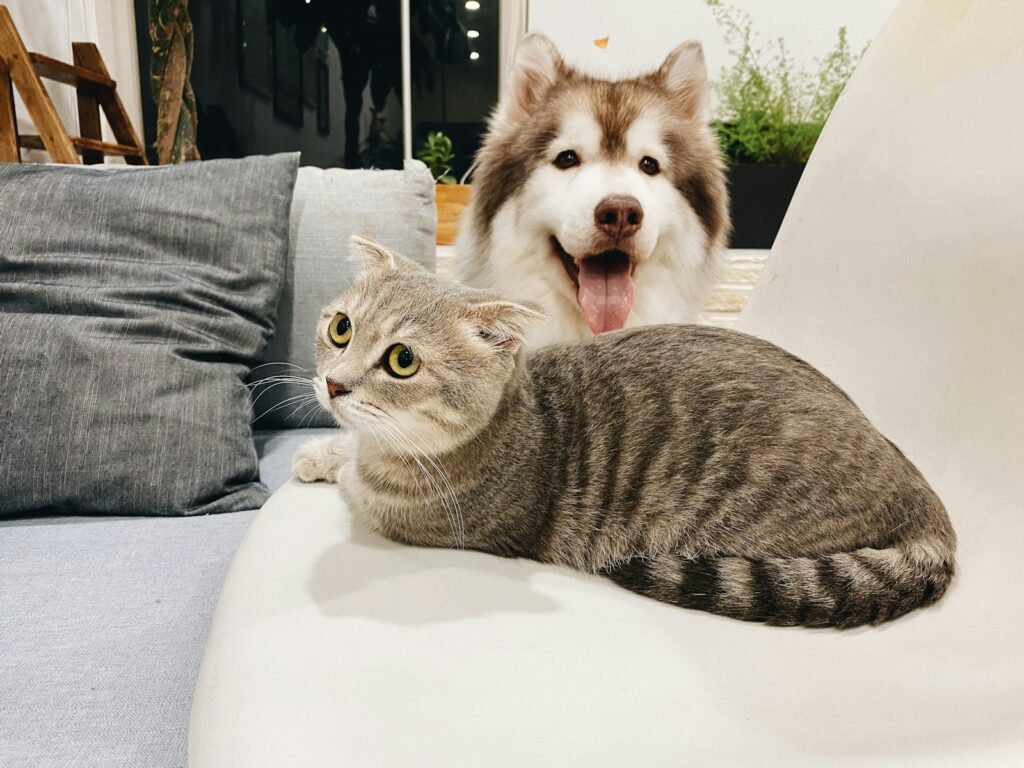
From Survival Partners to Emotional Companions: A Historical Shift
The human-animal bond has evolved dramatically over millennia. What began as a practical partnership—rooted in survival—dates back 15,000 years, with some evidence suggesting origins as early as 33,000 years. Early humans relied on animals for protection and labor: dogs tracked prey and herded livestock, while cats controlled rodents, safeguarding food supplies and curbing disease.
This utility-driven relationship gradually deepened into emotional connection. Over time, animals transitioned from tools to companions, their roles expanding to include comfort and joy. Today, this bond is defined by mutual affection, with animals offering far more than practical help—they provide solace, purpose, and a sense of belonging.

Health Benefits: A Two-Way Street
Pets do more than offer companionship—they boost human health. Studies show interactions with animals lower blood pressure, reduce stress, and increase oxytocin (the “love hormone”), fostering feelings of well-being. Bayer notes that dog owners are 15 percent less likely to die from heart disease, a striking example of their protective role.
Vulnerable populations benefit uniquely. For the elderly, pets alleviate loneliness, which worsens conditions like depression and dementia. Children with developmental challenges show improved emotional and social skills through animal interactions. These benefits highlight the bond as a source of physical and mental resilience.
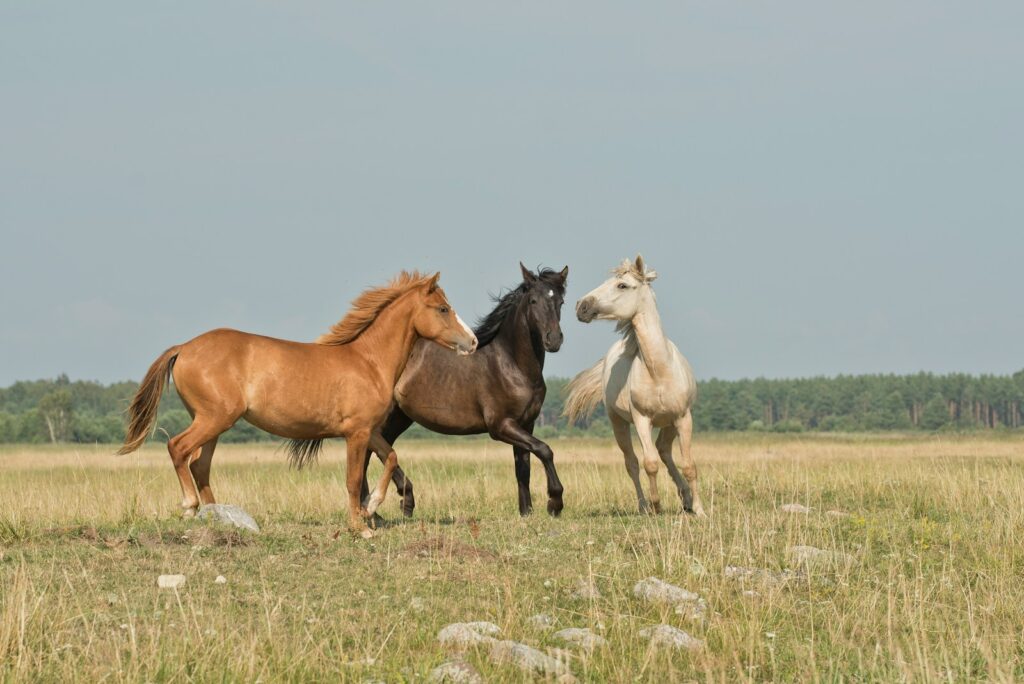
Species-Specific Bonds: Dogs, Cats, Horses, and Beyond
Different animals forge distinct connections with humans, each with its own dynamics.
Dogs, domesticated over 15,000 years, excel at understanding human emotions. They read body language, vocal tones, and facial expressions, responding with empathy. This attunement makes them ideal companions, reducing stress and boosting happiness for both species. Historically working animals—herding, protecting, assisting those with disabilities—they remain loyal, purpose-driven partners.
Cats, often misunderstood as aloof, form strong attachments through quiet gestures. Purring, head-rubbing (or “bunting”), and slow blinks signal trust and contentment. Choosing to sleep near their human, a vulnerable act for cats, speaks to deep security. Their bond thrives on mutual respect, blending independence with affection.
Horses, domesticated 5,000 years ago, share a partnership built on trust. As prey animals, their willingness to connect reflects profound confidence in humans. They sense subtle emotions and body language, making them valuable in therapy, where interactions promote emotional growth and confidence. Both humans and horses release oxytocin during bonding, enhancing well-being.
Less conventional companions—parrots, rabbits, guinea pigs, even reptiles—also form meaningful bonds. Parrots mimic speech, showing cognitive depth; rabbits “binky” (jump) to express joy; bearded dragons may recognize their owners. These relationships highlight the breadth of interspecies connection.
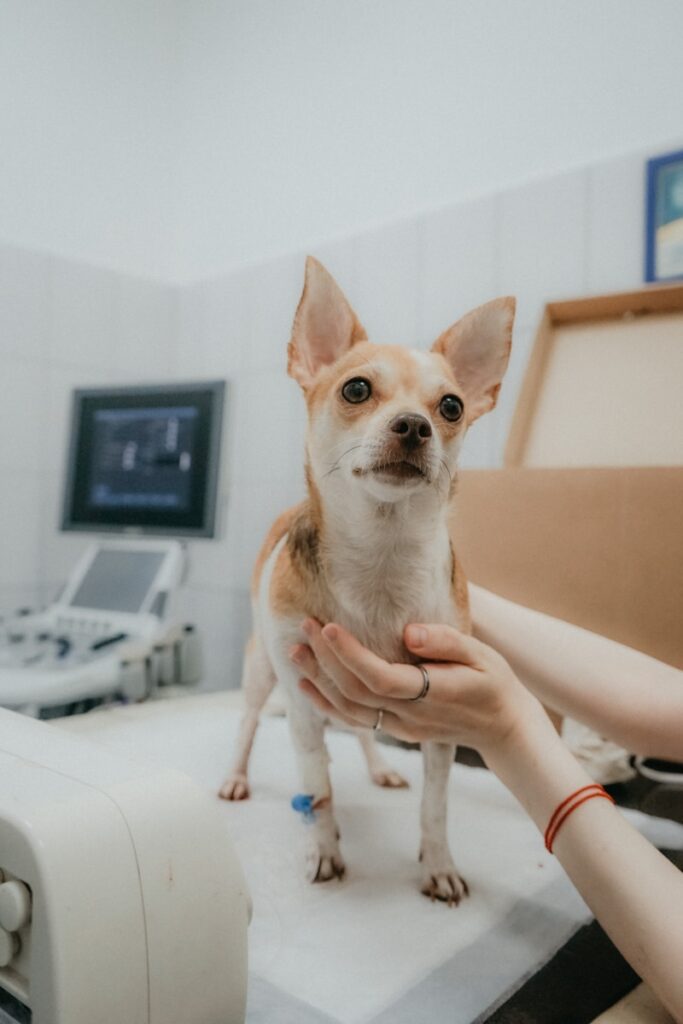
The Dark Side: Animal Hoarding Disorder
Not all human-animal interactions are healthy. Animal hoarding disorder (AHD), recognized in the DSM-5, involves accumulating excessive animals while failing to meet their basic needs—nutrition, hygiene, veterinary care.
Hoarders often form distorted attachments, viewing animals as children and feeling compelled to “save” them, even as conditions harm both parties. Unlike object hoarding, AHD endangers sentient beings, revealing how misplaced empathy can destroy the very bond it seeks to nurture.
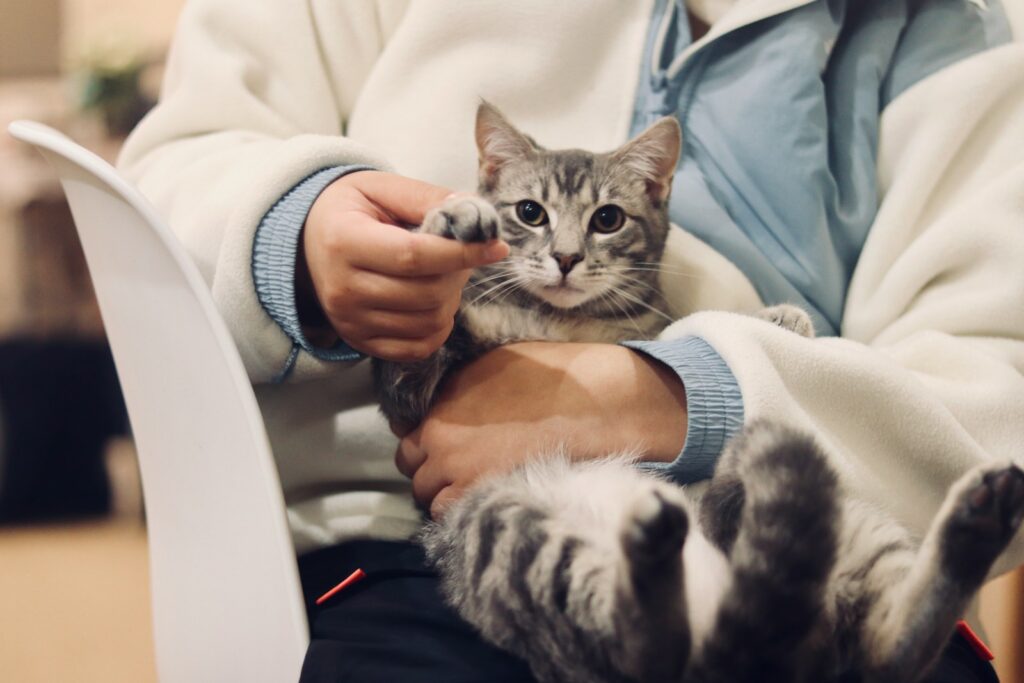
Veterinarians: Nurturing the Bond
Veterinary professionals play a key role in strengthening human-animal bonds. Teams integrate this bond into clinical care, collaborating with owners to prioritize pets’ well-being. Drs. Katie Niksich and Carlo Riolo, for example, involve owners as partners, educating them to extend care beyond the clinic.
Veterinary nurses can deepen their expertise through certifications, courses (like those from NAVC and HABRI), or specialization in animal behavior. These tools help them honor and nurture the unique connections between humans and animals.
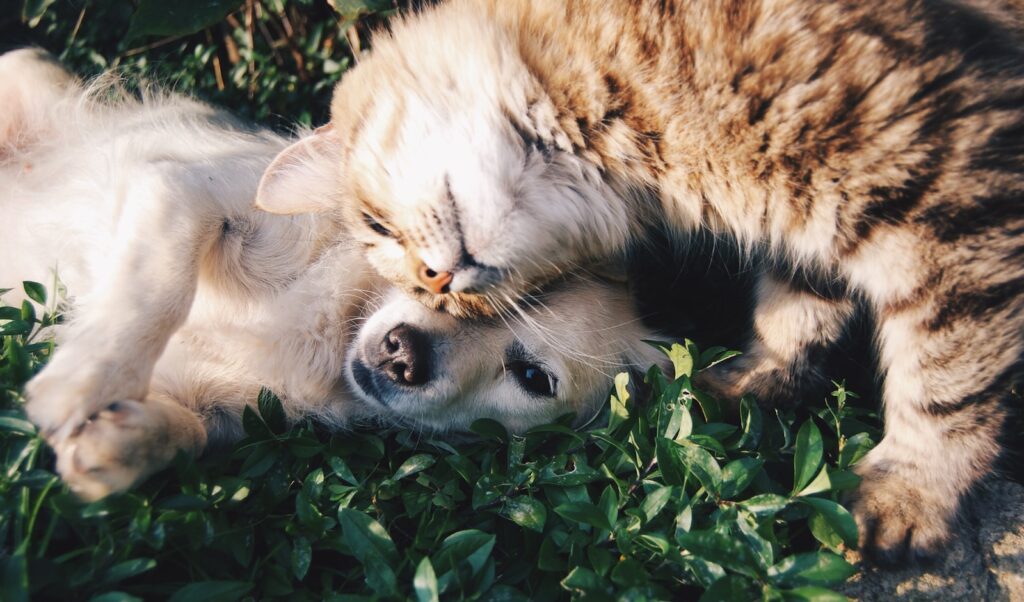
From the quiet joy of sharing a peaceful morning with a cat curled at your feet to the profound breakthroughs seen in therapeutic programs involving horses, the bonds between humans and animals influence not only individual lives but also the collective health and history of our communities. These relationships weave themselves into our emotional well-being, cultural traditions, and even our understanding of compassion, shaping how we connect with the living world. By approaching these bonds with empathy, patience, and respect, we create an environment where trust flourishes, care is reciprocal, and the lives of all species—human and animal alike—become richer, healthier, and more deeply intertwined.


